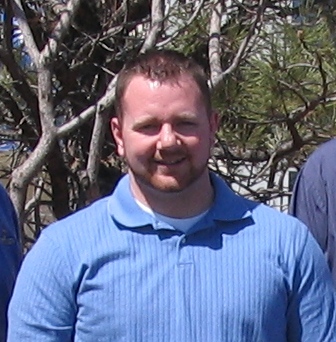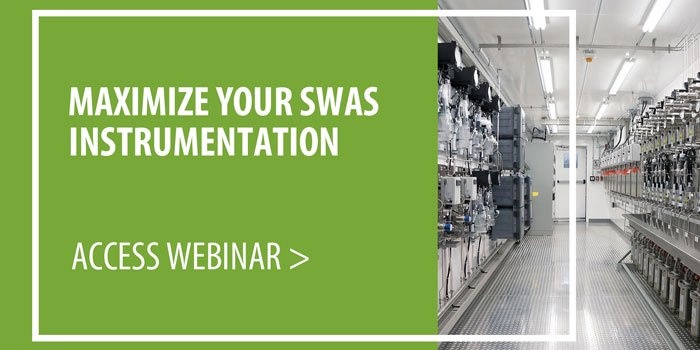
Chemical analysis of water and steam samples in utility plants requires precise control of flow and pressure. A common element of the steam and water sampling system is a pressure reducing valve to control the pressure of the sample. However, using an incorrect valve can not only damage plant and sampling equipment, but possibly injure operators. That’s why it’s essential to match plant applications with the correct pressure reducing valves.
Depending on the sample line specification, a sample may have a pressure as low as 60 psig (4 barg) or as high as 5,000 psig (345 barg). These different applications require different types of pressure control valves because the energy of the samples is very different.
Types of Pressure Valves
 |
Needle Valves – These pressure control valves are used for lower energy applications below 500 psig (34.5 barg). It’s common to use a needle valve for main sample shut off. Needle valves must be operated either fully open or fully closed, or it’s likely they’ll be damaged from high-pressure and temperature samples eroding the stems and seats. Therefore, it is important to monitor pressure outputs prior to implementing this type of valve. |
 |
Variable pressure reducing element (VREL) – A VREL is a specialized valve that offers precise control of flow and pressure in high-energy and high-pressure applications ranging from 501 psig (35 barg) to 5,000 psig (345 barg). |
When to use a vrel vs. a needle valve
The rule of thumb is to choose a valve based on the pressure rating of the application:
- A needle valve for applications below 500 psig (34.5 barg),
- A VREL for applications above 500 psig (34.5 barg)
There’s no precise pressure for a specific application at which a VREL is better suited than a needle valve. However, at 501 psig (35 barg) and above, a VREL is much more effective at reducing pressure while providing excellent service life.
If needle valves are utilized in an application above 500 psig, they could be seriously damaged. And in some cases, a needle valve might have the needle “wire drawn” or stretched and the orifice eaten away (material removed) when used in a high-pressure steam application. When this happens, steam can bypass the normal flow path, destroy the seals and produce dangerous steam leaks.
A VREL provides pressure reduction over a much larger surface area so that energy is distributed over that area. Most needle valves have a 10-1 or 20-1 turndown range, which provides less than optimum pressure and flow control in high-pressure applications. The VREL provides 56 turns from fully open to fully closed, giving it much more surface area to reduce the pressure and greater ability to adjust than a needle valve. This prevents the valve from suffering extreme wear, as it does when dropping the pressure or reducing the energy over the small surface area of a needle valve.
Plant specifications often don’t account for the natural pressure reduction that occurs from the sample extraction point to the point at which the sample enters the sample conditioning system. If sample pressure isn’t measured at the entrance to the sample conditioning system, you might be able to account for the pressure drop and apply a needle valve instead of the VREL, especially if the sample pressure is near the guidance switchover point of 500 psig (35 barg).
When deciding on the correct valve for your application, Sentry Equipment has extensive experience with multiple types of processes within the utility. Contact us at +1-262-567-7256, or complete our online contact form for more information.




